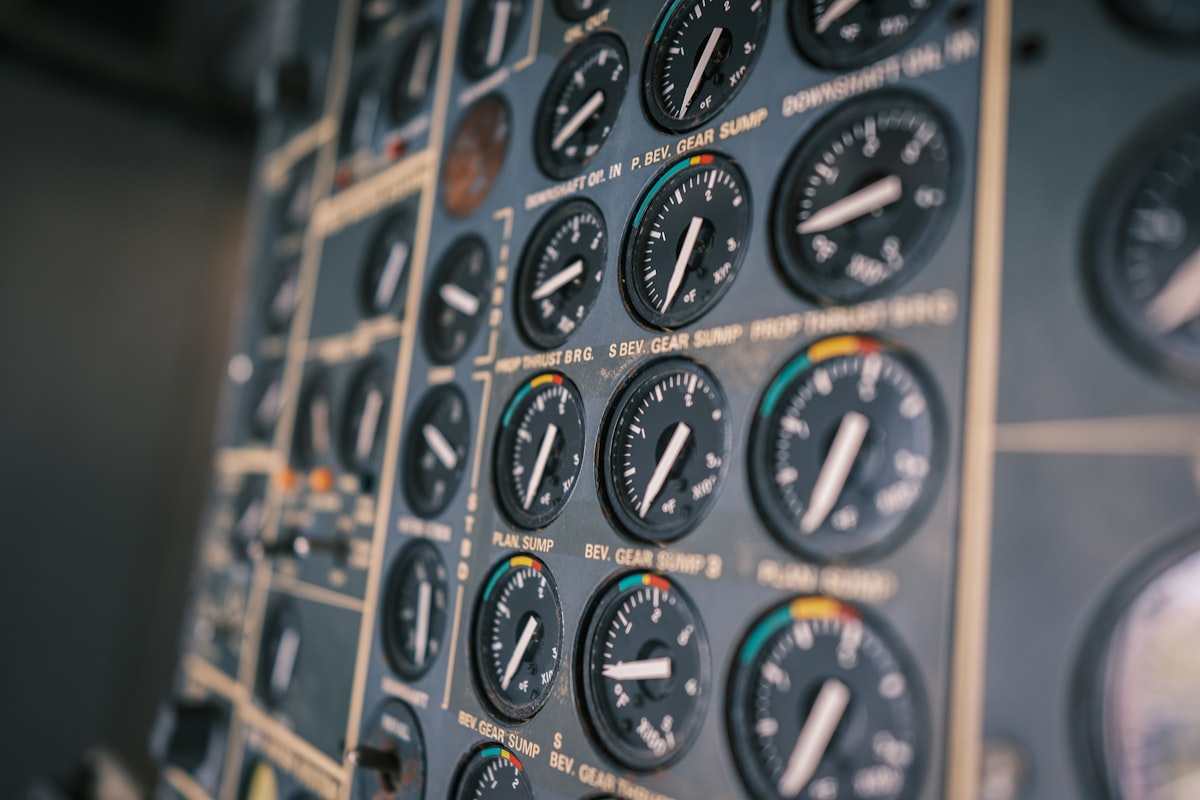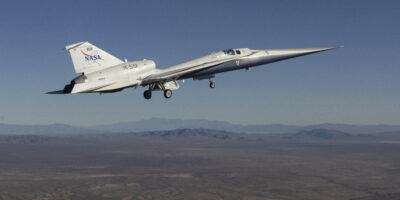Aerospace Digital Transformation
The aerospace industry has always been a beacon of technological innovation. However, recent years have seen an exponential surge in digital transformation within the sector. This shift is revolutionizing how aerospace companies operate, streamline processes, and enhance performance.

The Role of Data Analytics
Data analytics plays a crucial role in aerospace digital transformation. By leveraging big data, companies analyze vast amounts of information from aircraft sensors, maintenance logs, and operational records. This practice helps in predictive maintenance, reducing downtime and unforeseen issues.
Operational efficiency is enhanced by analyzing route data and fuel consumption patterns. Engineers can improve flight paths and aircraft design using these insights. The goal is to decrease operational costs while maintaining safety and reliability.
Artificial Intelligence and Machine Learning
Artificial Intelligence (AI) and Machine Learning (ML) are pivotal components in this digital shift. AI-powered systems can analyze and interpret large datasets to provide real-time decision-making support. In aerospace, these technologies are used for various applications, including air traffic management, autonomous flight systems, and customer service chatbots.
Machine Learning algorithms drive the development of smart maintenance systems. These systems predict potential technical issues before they occur, allowing for proactive interventions that save time and resources.
IoT and Smart Sensors
Internet of Things (IoT) and smart sensors significantly impact the aerospace sector. Aircraft are now equipped with advanced sensors that collect real-time data on various performance metrics. This data is transmitted to ground stations, allowing for continuous monitoring and analysis.
Smart sensors help improve safety by providing early warnings of potential problems. They also enable more efficient fleet management, offering insights into aircraft utilization and wear and tear. This leads to better maintenance scheduling and resource allocation.
Blockchain in Aerospace
Blockchain technology offers substantial benefits in terms of data security and transparency. In aerospace, it ensures the authenticity and traceability of parts throughout the supply chain. Each component’s history can be tracked, from manufacturing to installation, preventing the use of counterfeit parts.
Blockchain also facilitates smoother transactions and contract management between manufacturers, suppliers, and service providers. This increases trust and collaboration within the industry.
3D Printing and Additive Manufacturing
3D printing and additive manufacturing are revolutionizing aerospace production processes. These technologies allow for the creation of lightweight, complex parts with reduced material waste. This translates to lower production costs and shorter lead times.
Custom components can be produced on demand, reducing the need for large inventories. This flexibility is particularly beneficial in the production of replacement parts and specialized equipment.
Augmented Reality and Virtual Reality
Augmented Reality (AR) and Virtual Reality (VR) are transforming training and maintenance procedures. AR applications provide technicians with detailed visual instructions overlaid on actual equipment, streamlining repair and maintenance tasks.
VR is extensively used for pilot and crew training, offering immersive simulation experiences. This helps in refining skills and enhancing readiness without the need for physical flight time.
Cybersecurity
With increased digitalization, cybersecurity has become a top priority. Aerospace companies must protect sensitive data and systems from cyber threats. Implementing robust cybersecurity measures ensures that operational integrity is maintained.
Regular security audits and updates, advanced encryption techniques, and employee training programs are essential components of a comprehensive cybersecurity strategy.
Cloud Computing
Cloud computing facilitates data storage, processing power, and collaboration. Aerospace companies deploy cloud solutions to manage and analyze large datasets efficiently. Cloud platforms also support communication and coordination among global teams.
The scalability of cloud resources enables companies to adapt to changing demands quickly. This flexibility is crucial in a dynamic industry like aerospace.
Digital Twins
Digital twins are virtual replicas of physical assets, processes, or systems. In aerospace, they simulate aircraft performance under various conditions, allowing engineers to test modifications and optimizations virtually. This reduces the need for expensive physical prototypes.
Maintenance procedures are improved with digital twins, as they offer real-time insights into the health and performance of aircraft components. This predictive capability minimizes downtime and enhances operational efficiency.
Robotics and Automation
Robotics and automation are transforming aerospace manufacturing and maintenance. Automated systems handle repetitive tasks with precision, reducing human error and increasing productivity.
Robots are used in assembly lines for tasks such as welding and component installation. In maintenance, automated inspection systems detect structural issues that might be missed by the human eye.
Collaboration and Integration
Digital transformation requires seamless collaboration and integration across various systems and stakeholders. Aerospace companies adopt integrated platforms that consolidate data from multiple sources, providing a unified view of operations.
Collaborative tools and platforms facilitate communication and information sharing among engineers, designers, manufacturers, and partners. This integrated approach enhances project coordination and accelerates innovation.
Regulatory Compliance
Digital transformation helps companies adhere to stringent regulatory requirements. Advanced monitoring systems ensure that every aspect of aerospace operations complies with safety and environmental standards.
Regulatory bodies also leverage digital tools to oversee and inspect aerospace activities. This increased oversight ensures industry-wide adherence to best practices and legal requirements.
Sustainability Initiatives
Digital transformation is instrumental in driving sustainability within the aerospace industry. Data analytics and IoT enable better fuel management and emissions monitoring, reducing the environmental impact of air travel.
Advanced manufacturing techniques like 3D printing reduce material waste and energy consumption. Companies are increasingly adopting sustainable practices, driven by digital innovations that optimize resource utilization.
Challenges and Considerations
Despite its benefits, digital transformation presents challenges. Data privacy concerns, the high cost of implementing new technologies, and the need for skilled personnel are significant hurdles. Companies must also manage the transition without disrupting ongoing operations.
Investing in training and development is crucial to address the skills gap. Collaboration with technology providers and ongoing stakeholder engagement helps navigate the complexities of digital adoption.
The Future of Aerospace
Digital transformation is setting the stage for the next era of aerospace innovation. Emerging technologies will continue to shape the industry, fostering advancements in safety, efficiency, and sustainability. By embracing digital tools and strategies, aerospace companies are poised to soar to new heights.
“`




Subscribe for Updates
Get the latest articles delivered to your inbox.
We respect your privacy. Unsubscribe anytime.